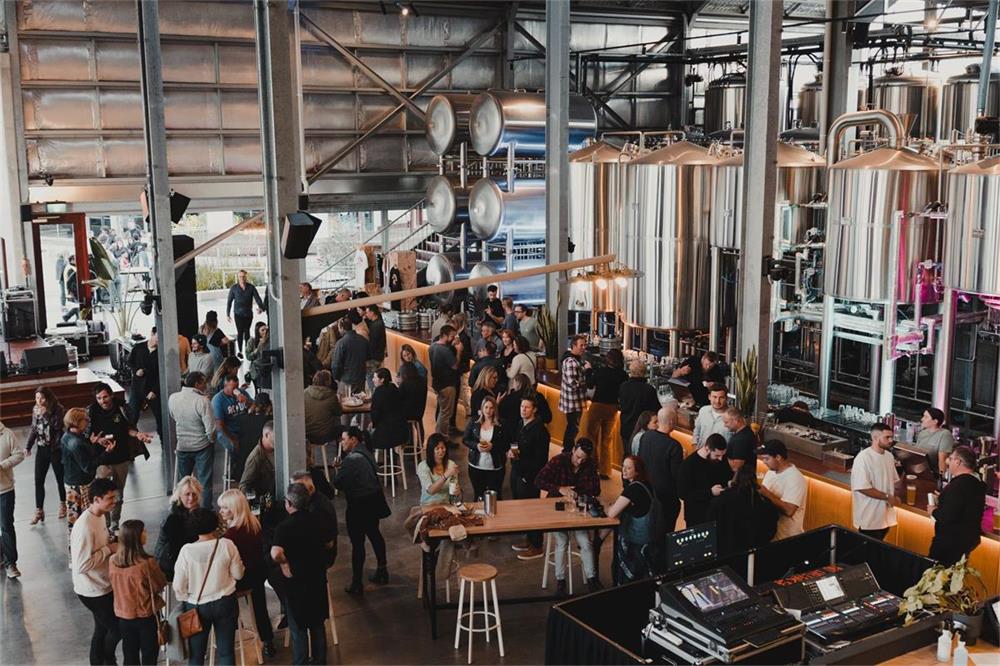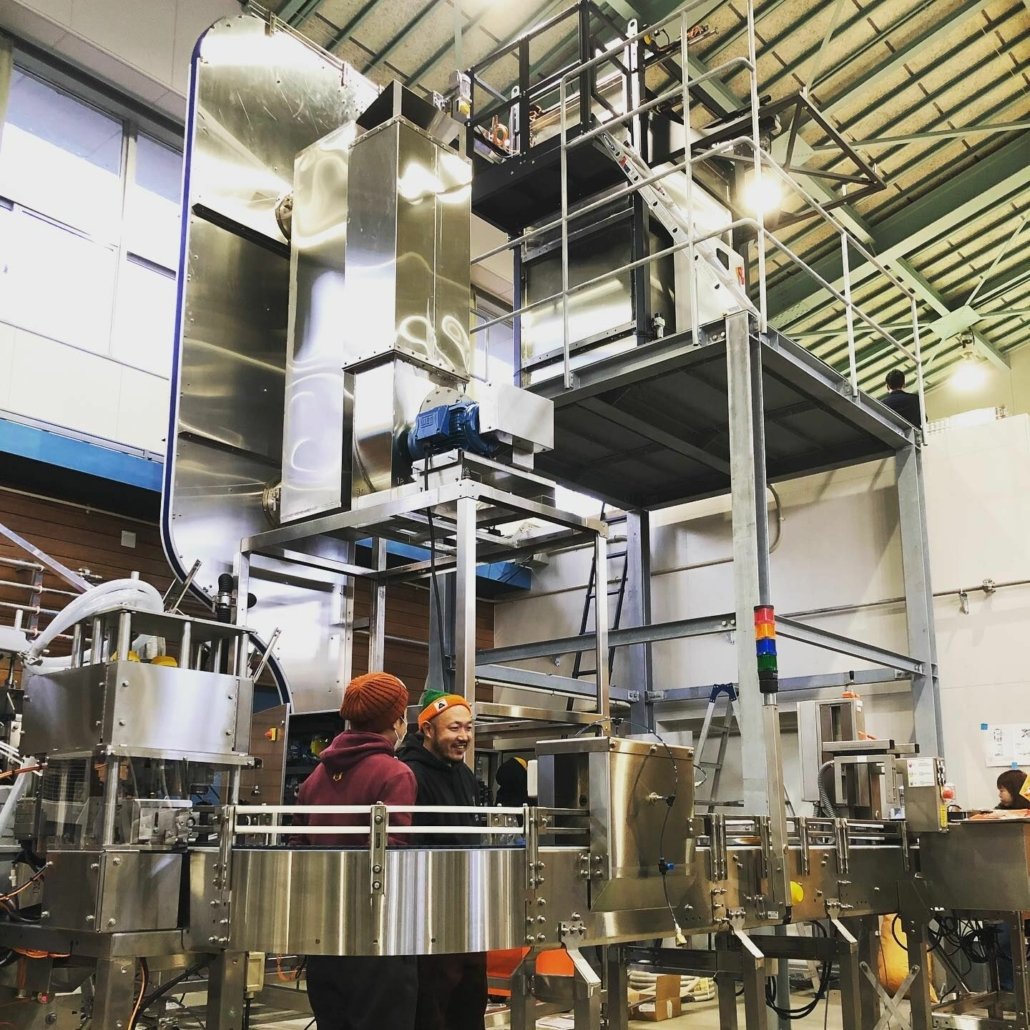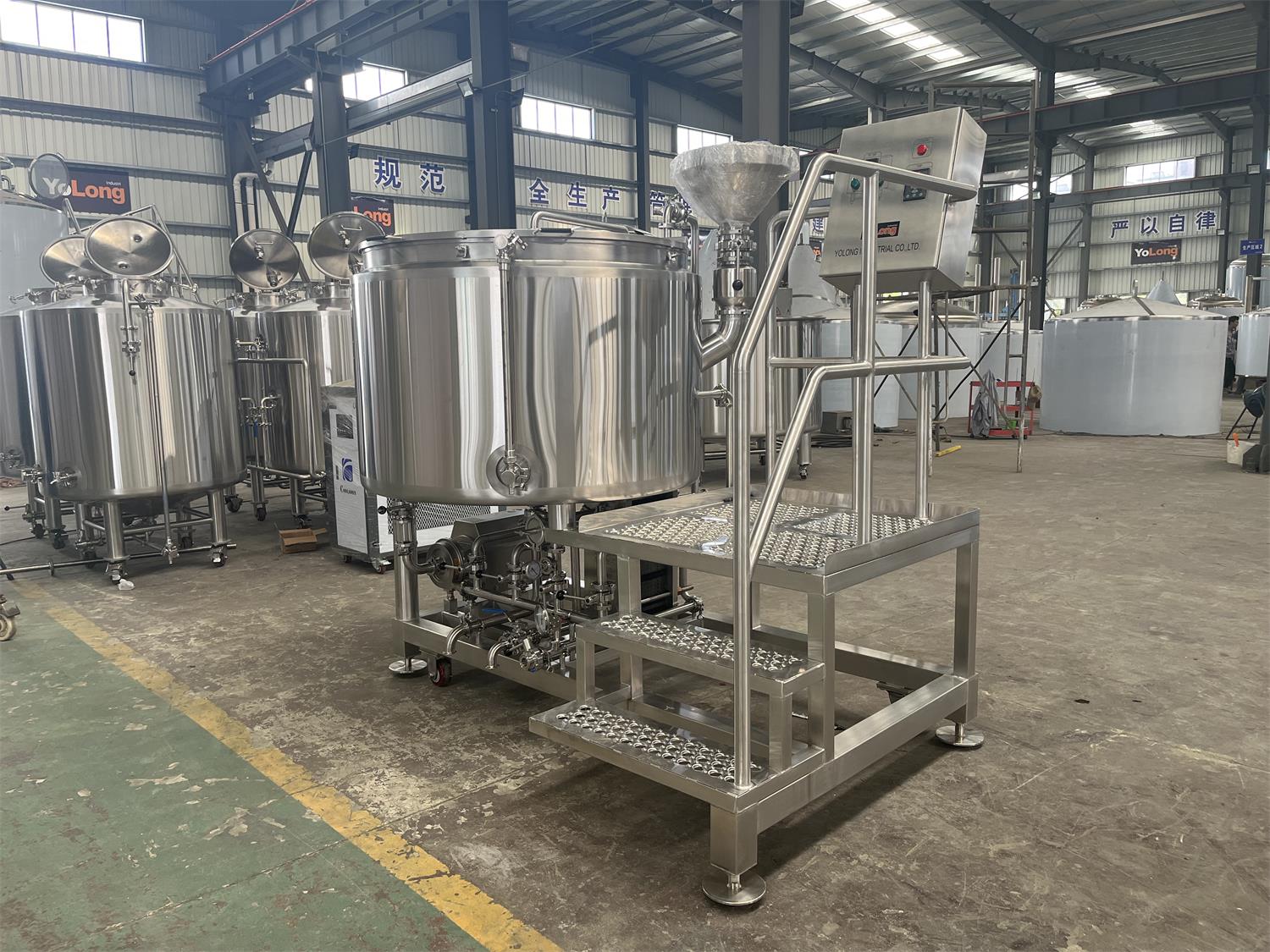Beer Production Equipment
Overview of Beer Production Equipment
Beer production equipment varies widely, from basic home brewing setups to complex industrial systems, each serving a specific role in the brewing process. The brewing journey includes mashing, boiling, fermenting, and conditioning the beer—all essential stages that transform raw ingredients into the golden, frothy brew we know and love. Selecting the right equipment depends on the brewer’s production capacity, budget, and the type of beer being brewed.
In this guide, we’ll dive into the essential equipment for beer production, the brewing process, customization options, and more. Whether you’re setting up a microbrewery, a large commercial brewery, or simply curious about the technical side of beer production, we’ve got everything covered.

Equipment Guide for Beer Production
Let’s break down the primary equipment categories used in beer production, elaborating on each component’s function in the process.
| Equipment Type | Description |
|---|---|
| Milling Equipment | Mills grind malted barley (or other grains) into a coarse powder called grist, a vital first step in the brewing process. Adjustable mills allow brewers to control the grind size, impacting extraction and flavor in the brewing process. |
| Mash Tuns | The mash tun is where the grist mixes with hot water, converting starches into fermentable sugars. Some tuns have built-in stirring mechanisms to improve efficiency. Insulation ensures consistent temperature, crucial for optimal enzymatic activity. |
| Lauter Tuns | Lauter tuns separate the liquid wort from the grain husks after mashing. The design includes slotted plates or false bottoms to hold back the grain while allowing wort to flow through. |
| Boil Kettles | Boiling is where hops are added, and undesirable compounds are removed. A boil kettle with an efficient heating system ensures precise temperature control, which is essential for flavor development. |
| Fermentation Vessels | Fermentation vessels hold the wort as yeast ferments the sugars into alcohol and CO2. Temperature control in these vessels is critical to maintain yeast health and influence flavor. Vessels range from small, insulated tanks to large, jacketed conical fermenters. |
| Conditioning Tanks | Conditioning tanks are where beer matures and carbonates. This step is critical for flavor smoothing and clarity. High-end tanks can control pressure and temperature, allowing for custom carbonation levels. |
| Filtration Systems | Filters remove impurities, resulting in a clear, polished beer. Depending on the desired clarity and stability, brewers might use plate filters, centrifuges, or membrane filters. Filtration can impact the final product’s mouthfeel and flavor. |
| Packaging Equipment | For bottling, canning, or kegging, packaging equipment is needed to fill, seal, and label beer containers. Automated systems increase efficiency for large batches, whereas manual or semi-automatic machines may suffice for smaller breweries. |
Understanding the Brewing Process: Step-by-Step
The beer brewing process is complex, with each stage requiring specific equipment and precision. Let’s walk through each key step.
1. Milling
The brewing process starts by crushing malted barley into grist. Adjusting grind size is essential, as too fine a grind creates a thick mash that’s difficult to work with, while a coarse grind may lead to low efficiency in sugar extraction.
2. Mashing
Once milled, the grist mixes with hot water in the mash tun, triggering enzymatic reactions that convert starches into sugars. Proper temperature control during mashing is crucial to activate specific enzymes that enhance flavor.
3. Lautering
In the lauter tun, the wort (sugary liquid) separates from the spent grains. Brewers recirculate the wort over the grain bed to clarify it, then collect it for boiling.
4. Boiling
The wort then moves to the boil kettle, where it’s heated, and hops are added. Boiling sterilizes the wort, extracts hop bitterness, and removes volatile compounds, setting the flavor profile.
5. Fermentation
Fermentation tanks hold the wort as yeast ferments the sugars, producing alcohol and carbonation. Temperature control is vital as it influences the flavor, as well as the fermentation speed.
6. Conditioning and Carbonation
The conditioning tank is where the beer matures and clarifies. Brewers carbonate the beer to the desired level during this stage, adjusting pressure and temperature based on the beer style.
7. Packaging
Finally, beer moves to packaging in bottles, cans, or kegs. Proper sealing and labeling are essential to maintain freshness and branding.
Choosing Beer Production Equipment Based on Capacity, Space, and Customization
The space required, capacity, and customization options vary significantly between different brewery setups. Here’s a breakdown:
| Parameter | Explanation |
|---|---|
| Capacity | Small breweries may only need 5-10 barrel systems, whereas large breweries might require systems with capacities up to 100 barrels. Capacity choice impacts production volume and influences the equipment selection. |
| Space Requirements | Brewery equipment takes considerable floor space. Small setups might fit in 500-800 square feet, while larger systems may need over 2000 square feet. Layout planning maximizes space efficiency and workflow. |
| Customization | Customizations like temperature controls, stainless steel finishes, and specialized agitators allow brewers to tailor their equipment to their specific needs. This flexibility enables unique flavor profiles and brewing techniques. |
Suppliers and Price Ranges for Beer Production Equipment
Equipment costs can vary greatly depending on the supplier, level of automation, and additional features.
| Supplier Name | Equipment Range | Price Range | Notes |
|---|---|---|---|
| ABC Brewing Systems | Complete Brew Kits | $15,000 – $100,000 | Offers modular options, perfect for microbreweries and midsize breweries seeking flexibility. |
| BrewTech Inc. | Fermenters, Tanks | $5,000 – $50,000 | Known for premium materials and advanced temperature controls. Ideal for breweries focusing on quality. |
| Economy Breweries | Basic Kits | $10,000 – $80,000 | Budget-friendly options for startups and small breweries; simpler designs with fewer customization options. |
| Advanced Brewing Solutions | High-End Systems | $50,000 – $200,000+ | High-tech, automated systems suitable for large commercial breweries. Includes data tracking and remote monitoring features. |
Installation, Operation, and Maintenance
To ensure seamless brewing operations, it’s essential to understand the installation and maintenance requirements of each piece of equipment.
| Stage | Considerations |
|---|---|
| Installation | Planning the layout, positioning heavy equipment safely, and setting up utilities like water, power, and drainage are essential. Professional installation is recommended for large systems. |
| Operation | Training staff on the equipment is necessary for smooth operations. Automated systems require less labor, while manual setups need skilled hands-on operators. |
| Maintenance | Routine cleaning, sanitization, and regular inspection are crucial. Most equipment suppliers offer maintenance contracts, which can help ensure consistent performance and longevity of the machinery. |
How to Choose the Right Supplier for Beer Production Equipment
When selecting a supplier, several factors play a role in ensuring you get the best value and support.
| Criteria | Explanation |
|---|---|
| Reputation | Established suppliers with positive customer reviews are often reliable. Check online reviews, customer feedback, and testimonials to gauge reputation. |
| Customer Support | A supplier should offer good customer service, ideally with ongoing support. This includes help with setup, troubleshooting, and maintenance. |
| Customization Options | Suppliers that offer custom equipment modifications can help tailor the setup to your unique needs, enhancing production and allowing for unique brewing characteristics. |
| Warranty and After-Sales Services | Ensure the supplier offers a comprehensive warranty. Reliable after-sales services can save significant costs in case of equipment issues. |
| Budget and Payment Plans | Some suppliers offer flexible payment options. Make sure to get a detailed quote to avoid unexpected charges. |
Pros and Cons of Beer Production Equipment Choices
| Equipment Type | Advantages | Limitations |
|---|---|---|
| Automated Systems | Higher efficiency, consistent quality, and reduced labor costs. | High upfront cost, can require advanced technical knowledge for troubleshooting. |
| Manual Systems | Greater control over brewing nuances, ideal for small-batch customization. | Labor-intensive, less consistent quality, slower production times. |
| Hybrid Systems | Offers some automation with hands-on control, balancing efficiency and customization. | Requires knowledge of both manual and automated processes, often more complex to maintain. |

FAQs
| What’s the essential equipment for a small brewery? | A small brewery typically needs a mill, mash tun, lauter tun, boil kettle, fermentation tanks, and packaging tools. These basics are sufficient for brewing in low volumes with decent quality. |
| How much space does a brewery setup require? | Small breweries might operate within 500-800 square feet, but larger breweries may need 2,000+ square feet for equipment, storage, and operational flow. |
| How much does brewery equipment cost? | Equipment prices vary widely; small setups start around $10,000, while large automated systems can cost over $200,000. Factors like customization and automation impact the final cost. |
| How long does it take to install brewery equipment? | Installation time depends on the system’s complexity, typically ranging from a few days for small systems to several weeks for large setups. Skilled professionals are recommended for installation to ensure safety and accuracy. |
| What maintenance does brewery equipment need? | Regular cleaning, sanitization, and periodic inspections are essential. Maintenance contracts with suppliers can help with upkeep, especially for complex or automated systems. |
Share this entry
Interested in learning more about Brewing Systems including additional details and pricing information? Please use the form below to contact us!
YOLONG BREWERY EQUIPMENT FAQS
- Commercial Brewery / Craft Brewery / Microbrewery / Nanobrewery
- What is The Difference Between Craft Beer and Industrial Beer?
- The Bespoke Differences In Custom Brewing Systems
- Everything You Need to Know About Kettle Souring
- How to Choose Brewing Equipment for Your business?
- How To Choose The-Best Partner To Build Your Commercial Microbrewing System?
- Two Detection Sensors That You Need To Use In Your Brewhouse System
- Remote Control Applications in Brewing Equipment/How does it work?
- How To Clean Your Brand New Brewery Tanks?

